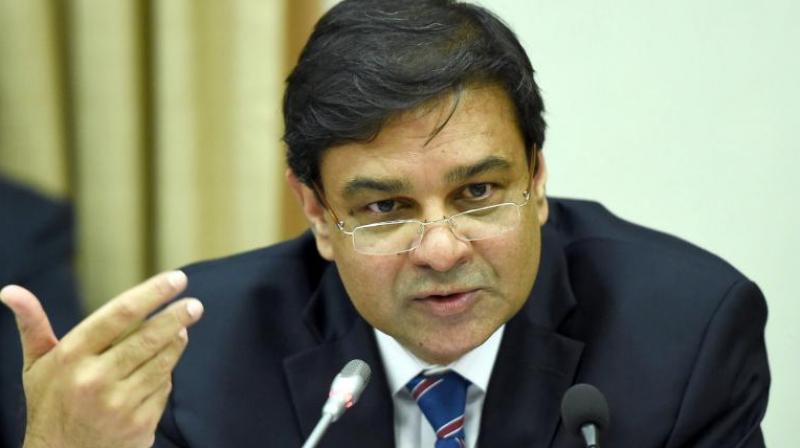RBI panel pushes new rules so lenders pass on rate cuts more quickly
The RBI has cut its policy rate by a total of 200 basis points from January 2015 to August 2017.

Mumbai: A panel created by the Reserve Bank of India (RBI) said lenders are not sticking to rules that determine how much they can charge for loans, and proposed new requirements that could force banks to pass on interest rate moves to customers more quickly.
The panel, set up to look into why commercial banks were not passing on the central bank’s rate cuts, said in a report that banks “deviated in an ad hoc manner from the specified methodologies” for calculating their lending rates to avoid fully following the RBI’s rate moves.
The RBI has cut its policy rate by a total of 200 basis points from January 2015 to August 2017 to support economic growth, but to its frustration banks have lowered their lending rates by only about 120 bps.
The panel proposed to remove some of the leeway that banks have enjoyed, including allowing lenders to use only one of three benchmarks to set their lending rates: the policy repo rate, Treasury bill rates or certificate of deposit rates.
Currently, banks can use multiple market rates and each one is free to set its own benchmark.
The five-member panel also proposed in the report late on Wednesday that the banks adjust the key criteria used to set their lending rates once a quarter, rather than the current once a year.
If the RBI adopts the full proposals in the 108-page report, it could mark a tougher line against banks that fail to pass on its rate cuts, though bankers said they would still have some latitude.
Much would also depend on how vigorously the central bank is willing to enforce the rules.
The panel’s report was released on the same day as an RBI policy decision in which it held interest rates steady but reduced the amount of bonds lenders must keep with the central bank in order to spur more loans.
A sudden spike in inflation is seen limiting the RBI’s ability to cut policy rates further in coming months.
“This (the new proposals) will be an automated process where the lending rate will be determined by how, say a treasury bill, moves rather than be based on each bank’s discretion,” said a senior banker at a private bank, declining to be identified as he was not authorised to speak to media.
The RBI last year unveiled the so-called marginal cost of funds-based lending rates (MCLR), which sought to remove much of the discretion commercial banks have to set lending rates and force them to base borrowing costs on prevailing money market rates.
Banks were instructed to follow a specific formula in setting lending rates, although the RBI has since made some tweaks.
Indian banks are struggling with a record $140 billion in stressed assets, and have sought to protect their margins by trying to avoid lowering their lending rates.
